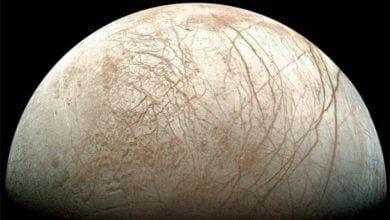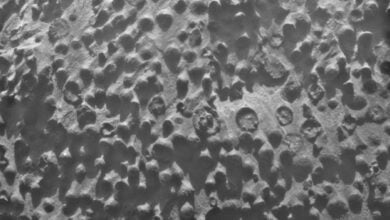
Tardigrades. Water bears. Moss piglets. These remarkably sturdy microscopic organisms are so resilient they can survive the harshest environments, from fiery volcanoes to the deep sea, the Antarctic, and even the ravages of outer space.
Now, astronomers are suggesting that tardigrades, or organisms like them, may have actually traveled to Earth via space dust, ultimately leading to life developing on our planet.
Or perhaps it’s the other way around.
According to Astronomy.com, about 220,000 pounds of space dust arrive on Earth every single day. Some of this dust may carry living microscopic organisms from planet to planet – even from Earth to other planets. We may have already unknowingly contributed our own microorganisms to some far off star system.
The panspermia hypothesis, or the idea that asteroids, comets, and other things carry life throughout the universe, has roots that go all the way back to Ancient Greece. But this recent study by Professor Arjun Berera is unique in that it looks at the way space dust interacts with particles in Earth’s upper atmosphere.
It concludes that such dust can “knock” organic particles, which may include bacteria and tiny animals like tardigrades, out of Earth’s upper atmosphere, beyond its gravitational pull, and carry them away to far off destinations.
This explains one way in which life could spread throughout the universe.
Speaking of tardigrades…
They’re pretty interesting.
In 2007, tardigrades were shown to be able to survive space when the European Space Agency launched their FOTON-M3 satellite. According to New Scientist, the tardigrades were dehydrated and placed outside the satellite. Ten days later, the satellite returned to Earth and the tardigrades were rehydrated. Many of them had survived the death-defying experiment and even continued to lay eggs.
Just recently, cosmonaut Anton Shkapplerov speculated that alien bacteria may exist on the outside of the International Space Station. National Geographic believes it far more likely the bacteria actually came from Earth. But this is, again, an example of how easy it is to contaminate space with microorganisms.






